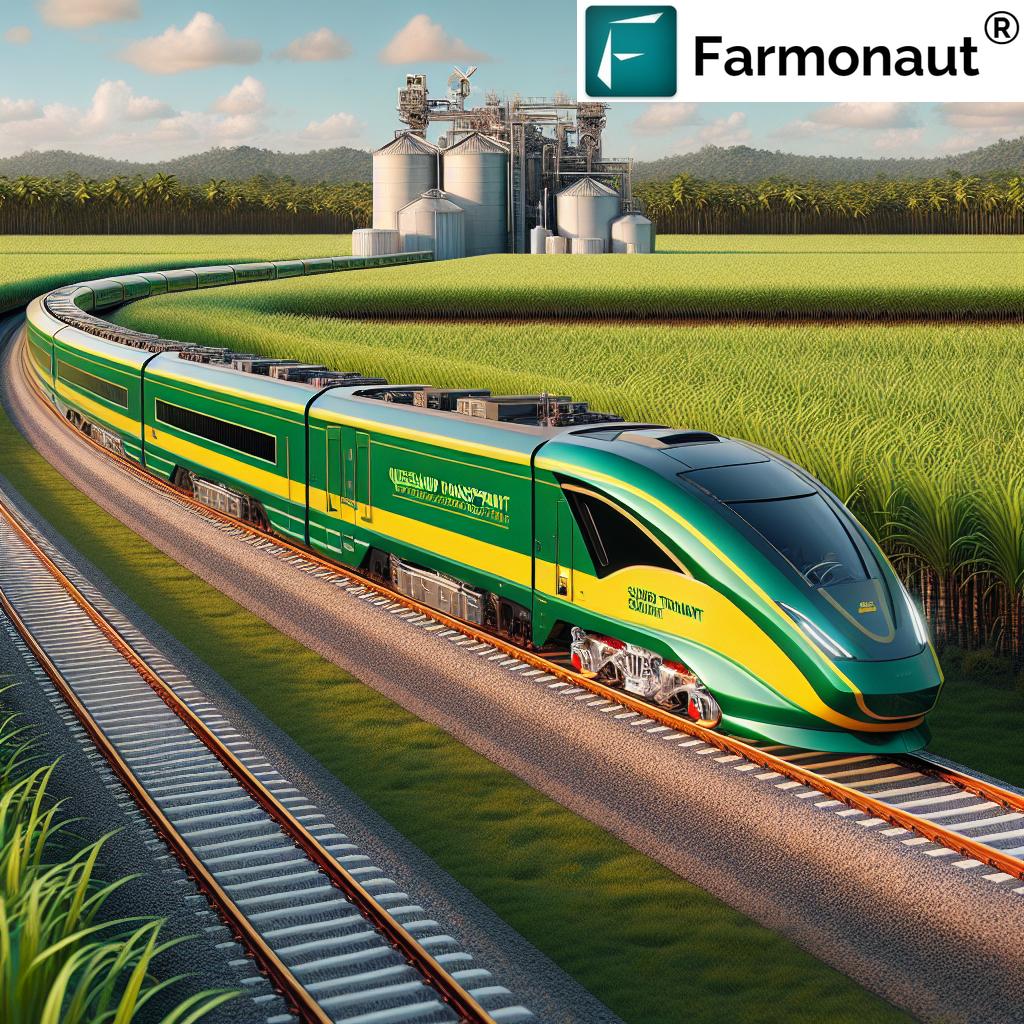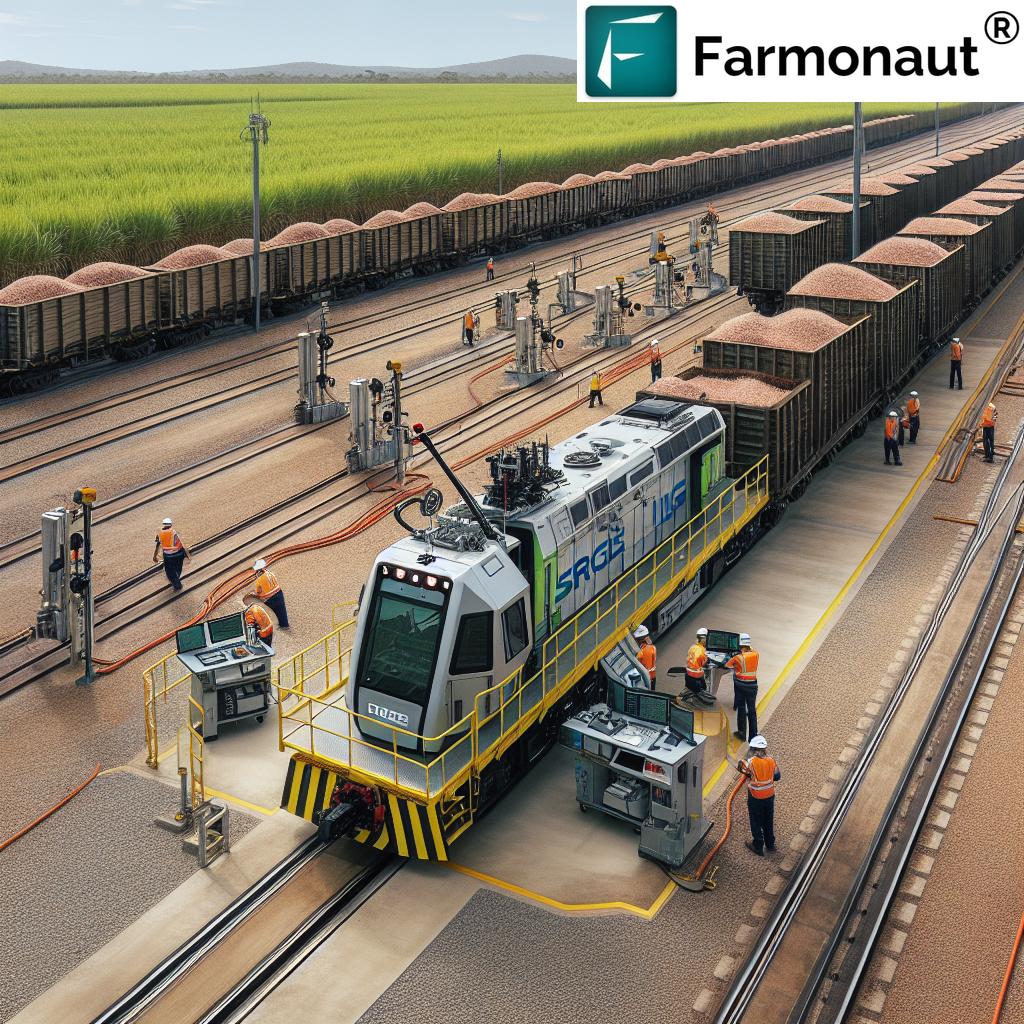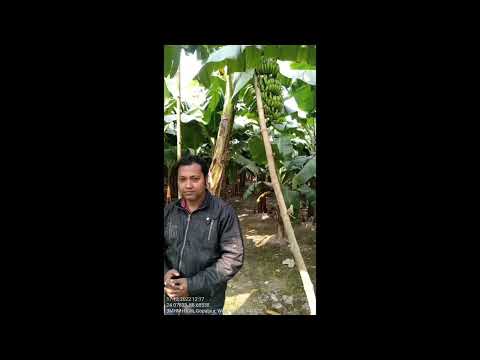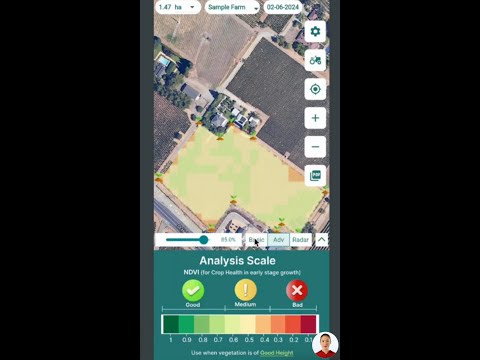Revolutionizing Sugar Cane Transport: Queensland’s Sustainable Hybrid Locomotives Boost Efficiency and Cut Costs
“Queensland’s sugar industry utilizes a vast 610 mm gauge rail network for efficient cane transport.”
In the heart of Queensland, Australia, a revolution is underway in the sugar cane transport industry. We’re witnessing a remarkable transformation as sustainable locomotives reshape the landscape of the sugar industry rail network. This blog post delves into the cutting-edge hybrid locomotives and radio-controlled brake vans designed for an extensive 610 mm gauge network, exploring how these innovations are setting new standards for efficiency and sustainability in agricultural transport.

The Sugar Cane Transport Revolution in Queensland
Queensland’s sugar industry has long relied on an intricate rail network for transporting sugar cane from fields to processing plants. However, the introduction of hybrid locomotives is marking a new era in this vital agricultural sector. These energy-efficient sugar transport solutions incorporate state-of-the-art technology, including regenerative braking and battery systems, which significantly reduce operational costs and environmental impact.
At the forefront of this transformation is Mackay Sugar, a key player in Queensland’s sugar industry. The company has recently awarded a contract to British firm Clayton Equipment for the supply of five diesel-battery hybrid locomotives and radio-controlled brake vans. This move is set to revolutionize operations on Mackay Sugar’s vast 832 km network of 610 mm gauge rail.
The Mackay Sugar Network: A Testament to Scale
To truly appreciate the scale of this innovation, let’s look at the numbers:
- 34 locomotives in the current fleet
- 6,600 wagons (known as bins) in operation
- 6 million tonnes of cane transported annually
- 280 sidings across the network
- 832 km of rail covering the region
These figures underscore the immense logistical challenge that Mackay Sugar faces in efficiently transporting sugar cane. The introduction of hybrid locomotives is poised to address these challenges head-on, offering a blend of power, efficiency, and sustainability.
Innovative Features of the Hybrid Locomotives
Clayton Equipment’s CBD40 hybrid locomotives are at the heart of this transformation. These cutting-edge machines offer capabilities typically associated with locomotives twice their size, but in a carbon-efficient package. Let’s explore some of their key features:
- Dual Power Sources: The locomotives combine diesel engines with battery technology, allowing for flexible and efficient operation.
- Regenerative Braking: This innovative system captures energy during braking, which can then be used to recharge the batteries, reducing overall energy consumption.
- Powerful Traction Motors: Each locomotive is equipped with two 400 kW water-cooled AC permanent magnet traction motors, providing ample power for hauling heavy loads of sugar cane.
- Flexible Charging Options: The battery can be charged using the onboard engine or from a mains supply, offering versatility in power management.
- Customizable Engine Options: Customers can choose their preferred engine, allowing for tailored solutions to meet specific operational needs.
These features combine to create a locomotive that not only matches the power of larger engines but does so with significantly reduced maintenance and operational costs.
Radio-Controlled Brake Vans: Enhancing Safety and Efficiency
An integral part of this innovative transport system is the use of radio-controlled brake vans. These units, positioned at the rear of the train, are controlled remotely from the locomotive, providing additional braking capacity. The latest version of these brake vans boasts an impressive communication range of over 1.7 km, ensuring seamless operation across the extensive rail network.
This advanced communication system enhances safety and operational efficiency, allowing for better control and coordination of the entire train composition. The integration of such technology showcases the holistic approach taken in modernizing the sugar cane transport system.
Environmental Compliance and Sustainability
One of the most significant advantages of these hybrid locomotives is their alignment with environmental goals. As Steve Gretton, Chairman of Clayton Equipment, stated on February 20, “We are very pleased with this new order to supply Mackay Sugar with sustainable, low emission, environmentally compliant equipment which meets their commitment to invest in technology and provides cost savings with long term durability.”
This statement underscores the multi-faceted benefits of these locomotives:
- Reduced carbon emissions
- Lower operational costs
- Long-term durability
- Compliance with environmental regulations
By investing in this technology, Mackay Sugar is not only improving its operational efficiency but also positioning itself as a leader in sustainable agricultural practices.
The Impact on Operational Costs
“Hybrid locomotives in sugar cane transport incorporate regenerative braking, reducing operational costs by up to 30%.”
The adoption of hybrid locomotives represents a significant shift in the economics of sugar cane transport. The combination of diesel and battery power, along with regenerative braking, leads to substantial reductions in fuel consumption. This, in turn, translates to lower operational costs for sugar producers.
Moreover, the reduced wear and tear on components, thanks to the regenerative braking system, means less frequent maintenance and replacement of parts. Over time, these savings can amount to a considerable sum, improving the bottom line for sugar producers and potentially leading to more competitive sugar prices in the market.

Long-Term Benefits of Investing in Sustainable Rail Equipment
The decision to invest in hybrid locomotives and advanced brake vans is not just about immediate gains. It’s a strategic move that positions the sugar industry for long-term success. Here are some of the key long-term benefits:
- Future-Proofing: As environmental regulations become stricter, these low-emission locomotives ensure compliance for years to come.
- Energy Security: The dual power source provides resilience against fuel price fluctuations and potential supply disruptions.
- Technological Advantage: The adoption of cutting-edge technology places the industry at the forefront of agricultural innovation.
- Sustainability Credentials: Using eco-friendly transport enhances the industry’s image, potentially opening up new markets and appealing to environmentally conscious consumers.
These benefits underscore the wisdom of investing in environmentally compliant rail equipment, demonstrating how sustainability and economic viability can go hand in hand.
Comparison: Traditional vs. Hybrid Locomotives in Sugar Cane Transport
| Feature | Traditional Diesel Locomotive | Hybrid Locomotive |
|---|---|---|
| Fuel Efficiency (est. L/km) | 4.5 – 5.5 | 2.5 – 3.5 |
| CO2 Emissions (est. kg/km) | 12 – 15 | 6 – 9 |
| Operational Costs (est. $/year) | 250,000 – 300,000 | 175,000 – 225,000 |
| Traction Power (est. kW) | 600 – 800 | 800 – 1000 |
| Brake System | Conventional | Regenerative + Conventional |
| Communication System | Basic Radio | Advanced Radio (1.7km+ range) |
| Environmental Compliance | Moderate | High |
| Lifespan (est. years) | 20 – 25 | 25 – 30 |
| Initial Investment (est. $) | 1,500,000 – 2,000,000 | 2,500,000 – 3,000,000 |
This comparison clearly illustrates the advantages of hybrid locomotives in terms of efficiency, environmental impact, and long-term cost-effectiveness. While the initial investment is higher for hybrid locomotives, the operational savings and extended lifespan make them a more economical choice in the long run.
The Role of Collaboration in Technological Advancement
The success of this project highlights the importance of collaboration between industry players and technology providers. As Steve Gretton noted, “Collaboration with Mackay Sugar allowed us to gain the understanding of what they required to achieve the right solution and ensure the best return on investment.”
This collaborative approach ensures that the technology developed is not just innovative for its own sake, but directly addresses the specific needs and challenges of the sugar cane industry. It’s a model that could well be applied to other agricultural sectors looking to modernize their transport systems.
The Future of Agricultural Transport
The adoption of hybrid locomotives in Queensland’s sugar industry is more than just a local success story. It represents a potential blueprint for the future of agricultural transport across various sectors. The principles of energy efficiency, reduced emissions, and improved operational efficiency are universally applicable.
As we look to the future, we can envision similar innovations in other areas of agriculture:
- Grain transport in vast wheat-growing regions
- Fruit and vegetable logistics in large-scale horticultural operations
- Cotton transport in major textile-producing areas
The success of this project in Queensland could serve as a catalyst for similar initiatives worldwide, driving a global shift towards more sustainable and efficient agricultural transport systems.
The Role of Technology in Modern Agriculture
While we focus on the revolutionary changes in sugar cane transport, it’s worth noting that technology is transforming every aspect of agriculture. From precision farming techniques to advanced crop monitoring systems, the agricultural sector is embracing innovation like never before.
One company at the forefront of this agricultural technology revolution is Farmonaut. Their satellite-based farm management solutions are helping farmers worldwide to optimize their operations and increase productivity. While not directly related to sugar cane transport, Farmonaut’s technologies complement the broader trend of modernization in agriculture.
For those interested in exploring Farmonaut’s offerings:
For developers interested in integrating agricultural data into their own applications, Farmonaut offers an API with comprehensive documentation.
Conclusion: A New Era for Sugar Cane Transport
The introduction of hybrid locomotives and radio-controlled brake vans in Queensland’s sugar industry marks a significant milestone in agricultural transport. These innovations promise to revolutionize sugar cane transport, offering a perfect blend of efficiency, sustainability, and cost-effectiveness.
As we’ve explored in this blog post, the benefits of this new technology are manifold:
- Reduced operational costs
- Lower environmental impact
- Improved efficiency and performance
- Enhanced safety through advanced communication systems
- Long-term durability and return on investment
The success of this project in Queensland could well be the beginning of a broader transformation in agricultural transport. As other sectors take note of these advancements, we may see similar innovations spreading across different agricultural industries and regions.
The future of sugar cane transport – and indeed, agricultural transport as a whole – looks bright, efficient, and sustainable. It’s a future where technology and tradition combine to create solutions that benefit farmers, consumers, and the environment alike.
FAQs
- Q: How do hybrid locomotives contribute to reducing operational costs in sugar cane transport?
A: Hybrid locomotives reduce operational costs through improved fuel efficiency, regenerative braking that captures and reuses energy, and reduced maintenance needs due to less wear and tear on components. - Q: What is the environmental impact of using hybrid locomotives in sugar cane transport?
A: Hybrid locomotives significantly reduce CO2 emissions compared to traditional diesel locomotives, contributing to a lower environmental impact and helping the sugar industry meet sustainability goals. - Q: How do radio-controlled brake vans enhance safety in sugar cane transport?
A: Radio-controlled brake vans, operated remotely from the locomotive, provide additional braking capacity and improve overall train control, enhancing safety across the extensive rail network. - Q: What is the range of communication for the new radio-controlled brake vans?
A: The latest version of the radio-controlled brake vans has a communication range of over 1.7 km, ensuring reliable operation across the sugar cane rail network. - Q: How does the traction power of hybrid locomotives compare to traditional locomotives?
A: Hybrid locomotives in this case offer traction power equivalent to locomotives twice their size, with each equipped with two 400 kW water-cooled AC permanent magnet traction motors.






